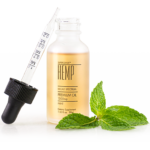13 Facts About Hemp
Benefits, history, byproducts, and nutrition
SHARE:
- November 20, 2020
- at 2:32 am
- | by SUPERGANIX
The global hemp market is currently growing at a rate of 34% each year. It’s expected to continue that trajectory throughout the next five years as well. Though it’s a booming industry, many average consumers aren’t familiar with hemp and its many uses.
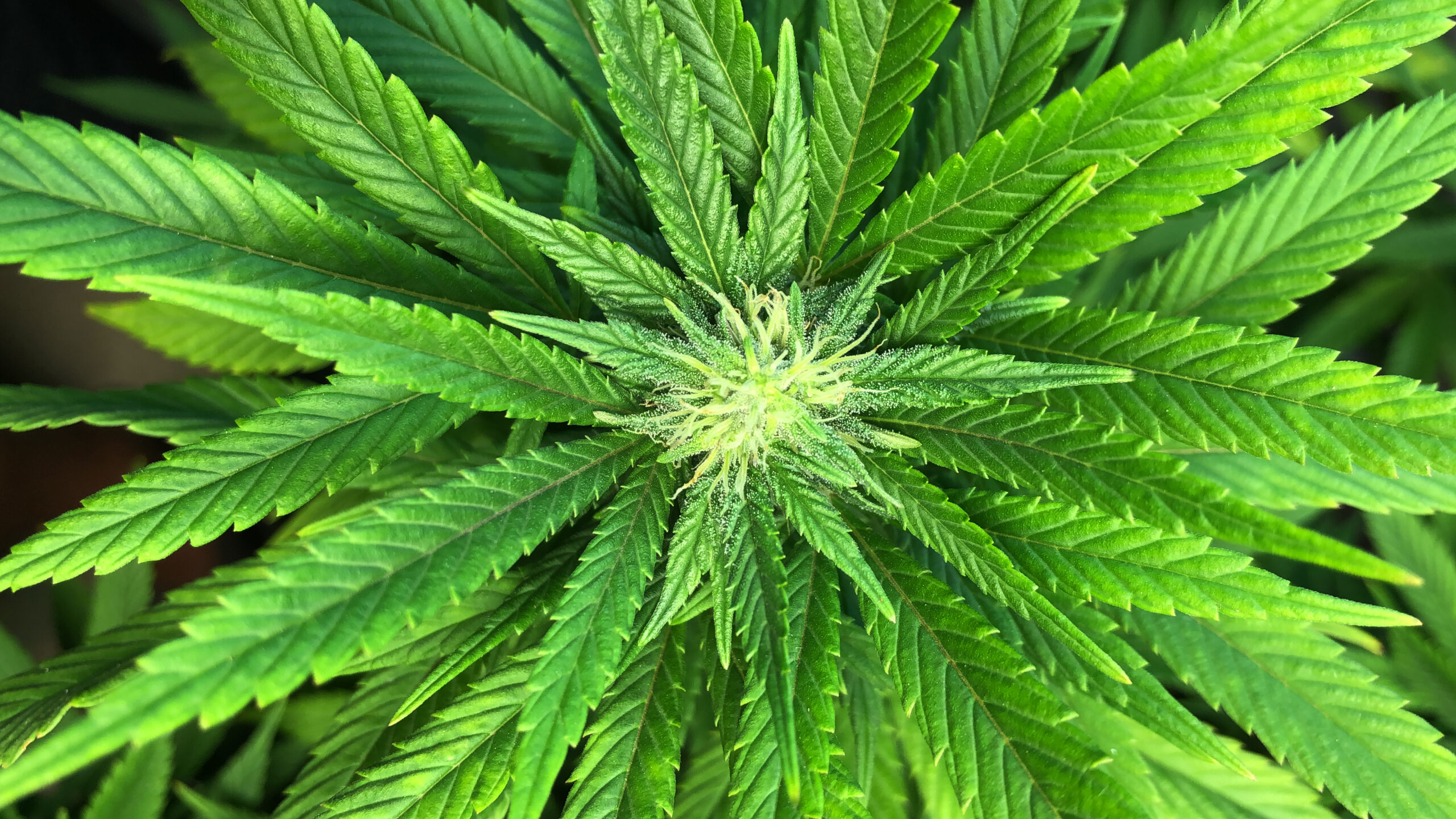
WHAT IS HEMP?
Hemp is a variety of the cannabis plant, but it’s separate and different from Marijuana. One way to think about them is like cousins – they’re related but have a different molecule makeup.
Hemp contains hundreds of cannabinoids, and sometimes may contain a trace amount of THC. Yet, the amount of THC in hemp is only very small amounts and can’t produce the psychoactive effect that’s well known in Marijuana.
One of the most popular hemp byproducts is CBD oil. Cannabidiol (CBD) is a cannabinoid found in hemp that has some reported health benefits without psychoactive side effects.
Aside from CBD, producers also use hemp for everything from food to cosmetics and even construction materials.
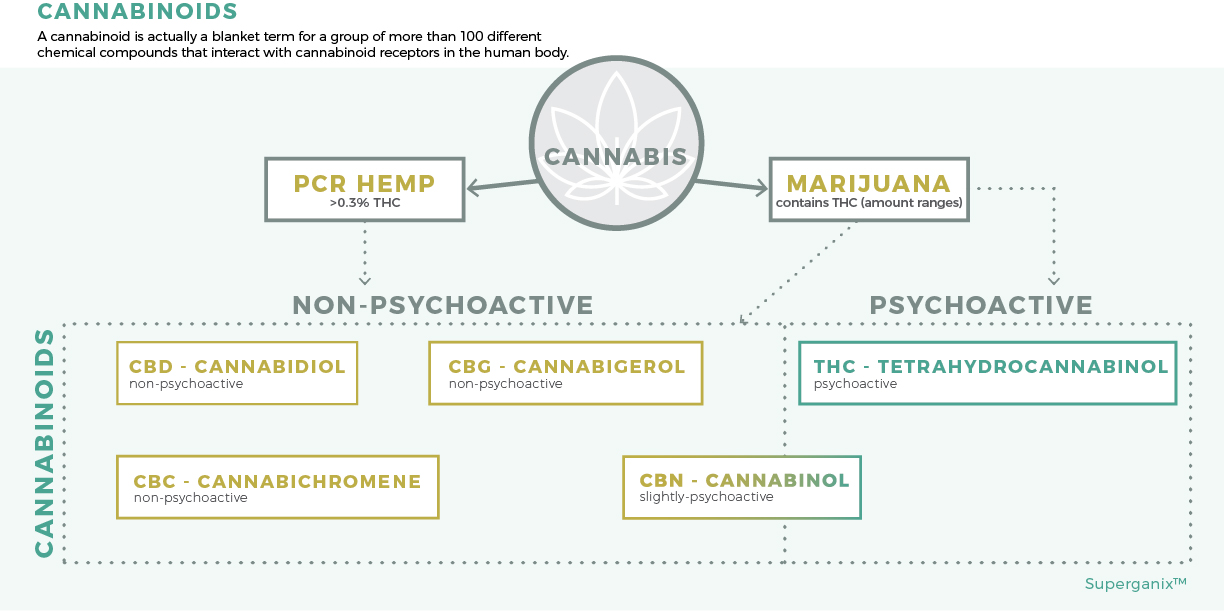
1. Hemp Byproducts Are All-Purpose
Some common uses for hemp that you may have seen are for clothing, paper, and CBD oil. Besides those three, hemp can also create a variety of sustainable multipurpose byproducts, ranging from building materials, to biofuel, cosmetics, and is even being considered for livestock feed.
Manufacturers can use hemp fibers to create sustainable clothing. Though out of the package it isn’t as soft as cotton, it’s more durable and environmentally friendly. Good news though, it softens significantly as you use and wash it. But even better, hemp requires significantly less land and water to produce than cotton.
Centuries ago, hemp was most commonly used to make paper. In fact, the first four drafts of the Declaration of Independence were written on hemp paper! If we were to move back toward using hemp for paper, it could help reduce deforestation and carbon emissions.
Hemp is also used in building materials. Commonly known as Hempcrete, hemp can be made into a building composite, similar to concrete. It’s made by wet-mixing hemp hurds ( woody fibers from the plant’s core) with water and a lime-based binder.
As research is being completed to find alternative sustainable and clean energy sources, recent studies have evaluated a non-edible hemp as a potential opportunity for biofuel as well.
2. Hemp Seeds are Packed With Nutrition
Another big use of hemp is for food. In recent years, you may have started noticing the growing popularity of hemp as a dairy substitute, as hemp milk or cheese.
Hemp makes an excellent source of food because it’s packed with protein and fiber. Just two tablespoons of hemp have about 6 grams of protein and 0.8 grams of fiber.
Hemp also contains omega-3 fatty acids, which are commonly found in fish. It can be harder to find vegetarian and vegan sources of omega-3s, which is why hemp could be a great supplement for people with plant-based diets.
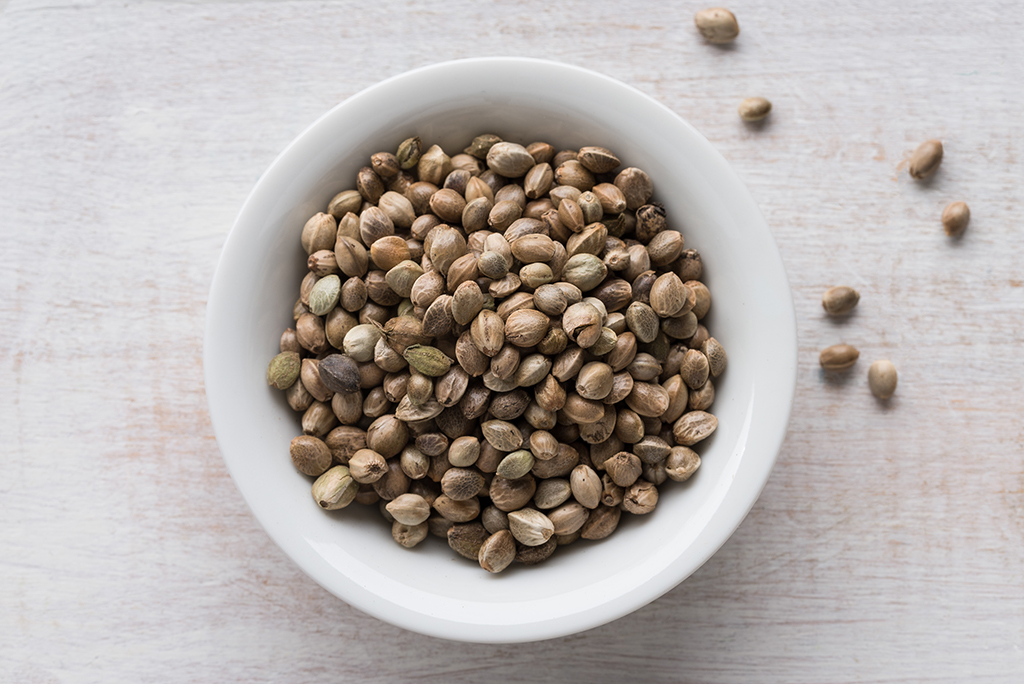
3. Hemp Farming is Environmentally Friendly
The way hemp grows offers one of the most environmentally friendly processes for farmers. Hemp is resilient and grows quickly in small spaces, making it a great sustainable crop alternative.
Because of its resiliency, it can survive a variety of climates and types of soils. Hemp is also a phytoremediation plant that can help clean up even the most toxic types of soil.
Due to its fast growth and ability to “clean up” soil, farmers can harvest it quickly and use the same soil for other crops. Furthermore, hemp plants rarely need the help of pesticides, which is why it can be easy to find organic pure hemp oil.
4. Pure Hemp Extract Oil Has Skin Benefits
Phytocannabinoid-rich hemp oil may have a variety of skin benefits for its users, making it a great ingredient for skincare products.
Hemp has naturally moisturizing and soothing properties, making it appropriate for dry and aging skin. Though people with oily skin might shy away from anything with oil in the name, hemp oil can actually also help balance out the skin by keeping it properly hydrated. Thanks to its anti-inflammatory properties, hemp oil may also help relieve acne.
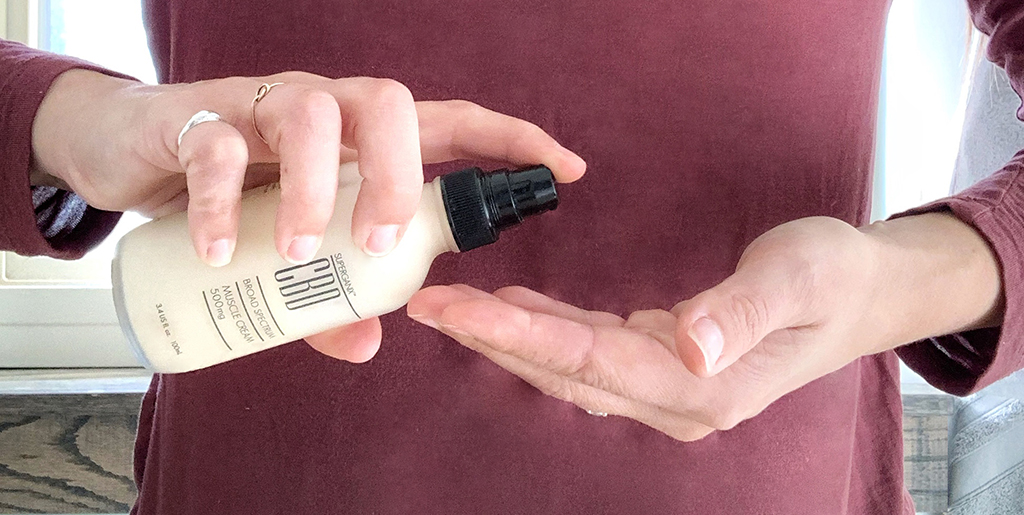
5. Hemp Has Always Been Used in the U.S.
Evidence shows that hemp was likely already in the U.S. before it was colonized. Since it was readily available, nearly every state grew hemp at one point. In the 1700s, many farmers were required to grow hemp as a staple crop for things like paper and rope.
Though cotton eventually replaced hemp for many of its uses, producers continued to experiment with hemp uses up until the 1960s and ‘70s when it was banned commercially.
6. Ingesting Terpene Rich Hemp Oil May Have Health Benefits
The main ingredient that’s sought after when ingesting hemp is CBD. Though scientists believe there needs to be more research, some initial studies and user feedback show promising results from using CBD.
Currently, studies show that CBD can reduce seizures in some forms of epilepsy and help reduce common anxiety, stress, insomnia, and pain.
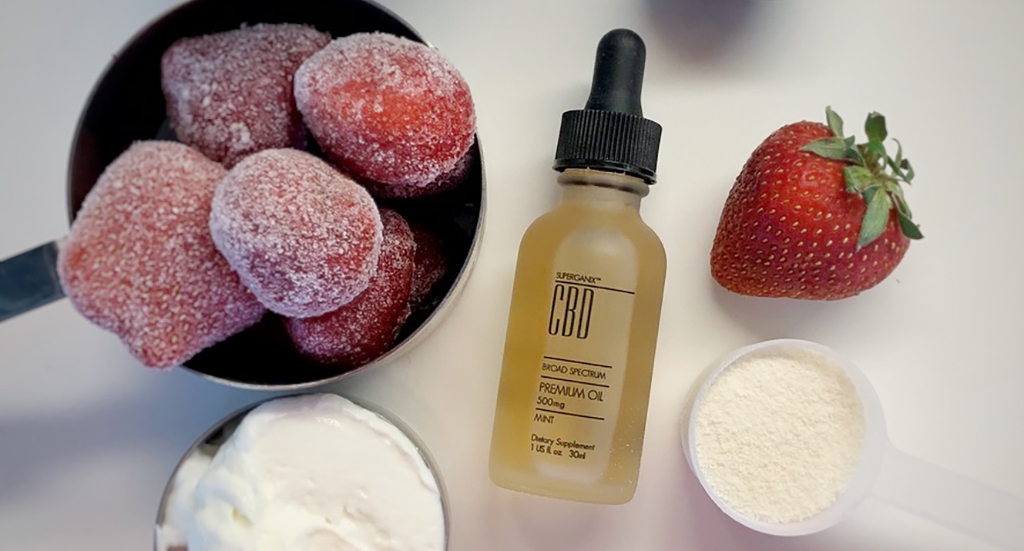
7. Hemp Can Help Build Houses
As mentioned, while hemp helps promote environmentally friendly farming practices, it also offers a sustainable material for construction. Hemp has a naturally woody fiber that can be mixed with liquid to create a concrete-like substance that’s significantly light and durable. Unlike concrete, it doesn’t harbor toxins and has a lower carbon footprint since it requires less heat to make.
8. Hemp Was Key in World War II
Another fun fact about hemp is that it helped play a role in defeating Germany in World War II. When Japan cut off America from sourcing Filipino hemp, the U.S. needed to grow the crop quickly to create wartime supplies like rope and parachutes.
The Hemp for Victory campaign called on a significant increase in hemp farming, and the American people responded quickly. American farmers helped produce 14,000 more acres of hemp in 1943 compared to 1942.
Without hemp’s ability to grow quickly, many American soldiers would have been short on vital equipment during the war.

9. Hemp is Relatively Easy to Grow
Compared to many other crops, hemp is relatively easy to grow. Many farmers compare it to a weed since it’s so resilient and hearty.
It doesn’t require extensive cultivation since it can handle different types of soil, and it also doesn’t take up a lot of space. Farmers can grow hemp in dense areas while saving space for other crops like soybeans and sunflowers.
It’s especially easy to grow organic hemp, which is essential for the growing industry of topical and ingestible products. It’s a naturally pest-resistant crop, so it doesn’t need much chemical treatment with pesticides or fungicides.
10. Broad Spectrum Hemp Oil May Help Relieve Pain
Along with health benefits through ingestion, broad-spectrum hemp oil can also provide topical pain relief.
Though CBD isn’t a substitute for medical care, some evidence shows that topical balms and creams can help reduce inflammation. When rubbed over a painful joint, the formula can reduce swelling and pain.
You can also experience pain relief through ingesting CBD, either through a tincture or other products like gummies and beverages.
The National Cancer Institute (NCI) currently recognizes medicinal cannabis sativa as an effective treatment in providing relief from many cancer-related symptoms, ranging from pain to nausea and loss of appetite.
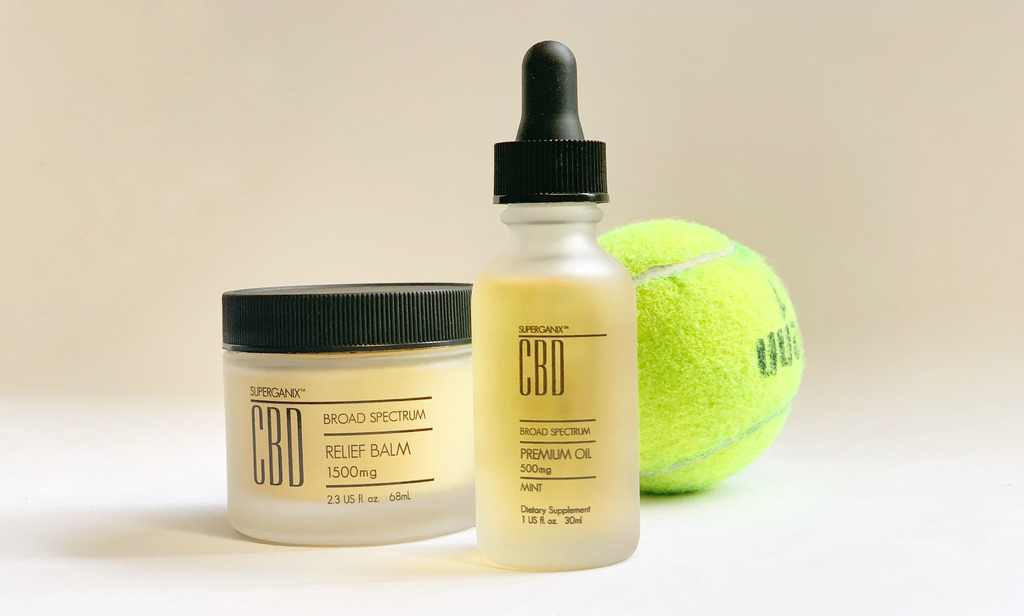
11. Hemp is Separate from CBD and Marijuana
While you’re researching for hemp products, be mindful of the different terminology and be sure to read the label. Keep in mind that Marijuana is psychoactive and hemp isn’t, but they’re both different forms of the cannabis plant.
CBD (Cannabidiol) is a cannabinoid that’s produced either on hemp or marijuana. Hemp plants contain trace amounts of THC (under 0.3%), while marijuana can have anywhere from 1-30% THC.
Also remember, if you’re purchasing hemp seeds or hemp seed oil, they’ll contain 0% THC and 0% CBD. It’s a total different product all together. Be sure to read the label and review the certificate of analysis.
12. Hemp Farming Was Made Legal in 2018
Until 2018, hemp was illegal for commercial farming thanks to the Controlled Substances Act. The 2018 Farm Bill legalized hemp farming and distribution throughout the country.
Before the 2018 Farm Bill, farmers still produced hemp with heavy restrictions. The government restricted most hemp farming for industrial use and research.
After the 2018 Farm Bill passed, hemp farming expanded significantly. Since the bill also allows the distribution of hemp-derived products, it made CBD federally legal as well.
13. The Industrial Hemp Market is Worth Billions
The industrial hemp market was worth $4.6 billion in 2019, and it’s projected to grow to $26.6 billion by 2025.
Thanks to the 2018 Farm Bill, the industry has been booming, with CBD oil making up one of the fastest-growing segments.
With so much growth, we can expect even more CBD to hit the market. More products mean there’s also a bigger push for research that can help validate many of the health benefits that people experience through using CBD.
Using Facts About Hemp to Help Guide Your Purchases
Understanding facts about hemp can keep you informed when you’re ready to make a purchase. At Superganix, we offer a variety of hemp CBD products that can support your health goals, whether they’re pain reduction, anxiety relief, sleep-cycle improvement, etc.
Shop our store to get started with all-natural, simple healing.
SHARE:
1) https://www.marketsandmarkets.com/Market-Reports/industrial-hemp-market-84188417.html
2) https://superganix.com/what-is-zero-thc-cbd/
3) https://www.tandfonline.com/doi/abs/10.1300/J237v09n01_06
4) https://digitalcommons.murraystate.edu/postersatthecapitol/2020/Murray/10/
5) https://www.sciencedirect.com/science/article/abs/pii/0926669094900396
6) https://www.sciencedirect.com/science/article/abs/pii/S0950061812003273
7) https://www.cannabistech.com/articles/hemp-hempcrete-the-most-sustainable-building-material-on-Earth/
8) https://www.tandfonline.com/doi/abs/10.1080/15567036.2010.499420
9) https://www.medicalnewstoday.com/articles/308044#possible-health-benefits-of-consuming-hemp
10) https://link.springer.com/article/10.1007/s10681-004-4749-8
11) https://www.sciencedirect.com/science/article/abs/pii/S0738081X18302475
12) https://www.mit.edu/~thistle/v13/2/history.html
13) https://www.health.harvard.edu/blog/cannabidiol-cbd-what-we-know-and-what-we-dont-2018082414476
14) https://www.nytimes.com/2018/01/29/science/hemp-homes-cannabis.html
15) https://www.vice.com/en_us/article/533qed/hemp
16) https://books.google.com/books?hl=en&lr=&id=7UqyDwAAQBAJ&oi=fnd&pg=PT73&dq=hemp+inflammation&ots=N9jnYeg3ZC&sig=7NQZMayeH2GoZbBok2cZHweibaw#v=onepage&q=hemp%20inflammation&f=false
17) https://www.hindawi.com/journals/bmri/2018/1691428/
18) https://www.healthline.com/health/hemp-vs-cbd-oil#1
19) https://www.brookings.edu/blog/fixgov/2018/12/14/the-farm-bill-hemp-and-cbd-explainer/
20) https://www.prnewswire.com/news-releases/industrial-hemp-market-worth-26-6-billion-by-2025–exclusive-report-by-marketsandmarkets-300874179.html
21) https://superganix.com/shop/
